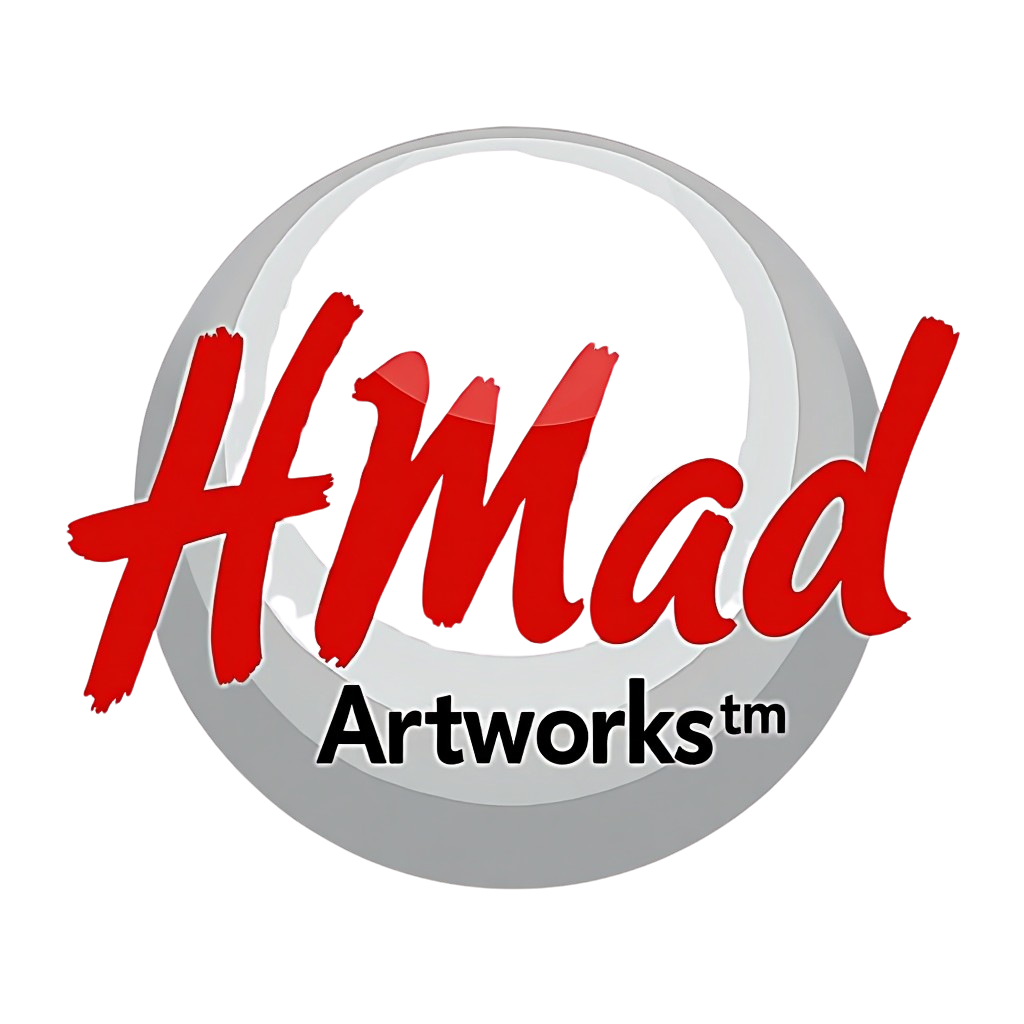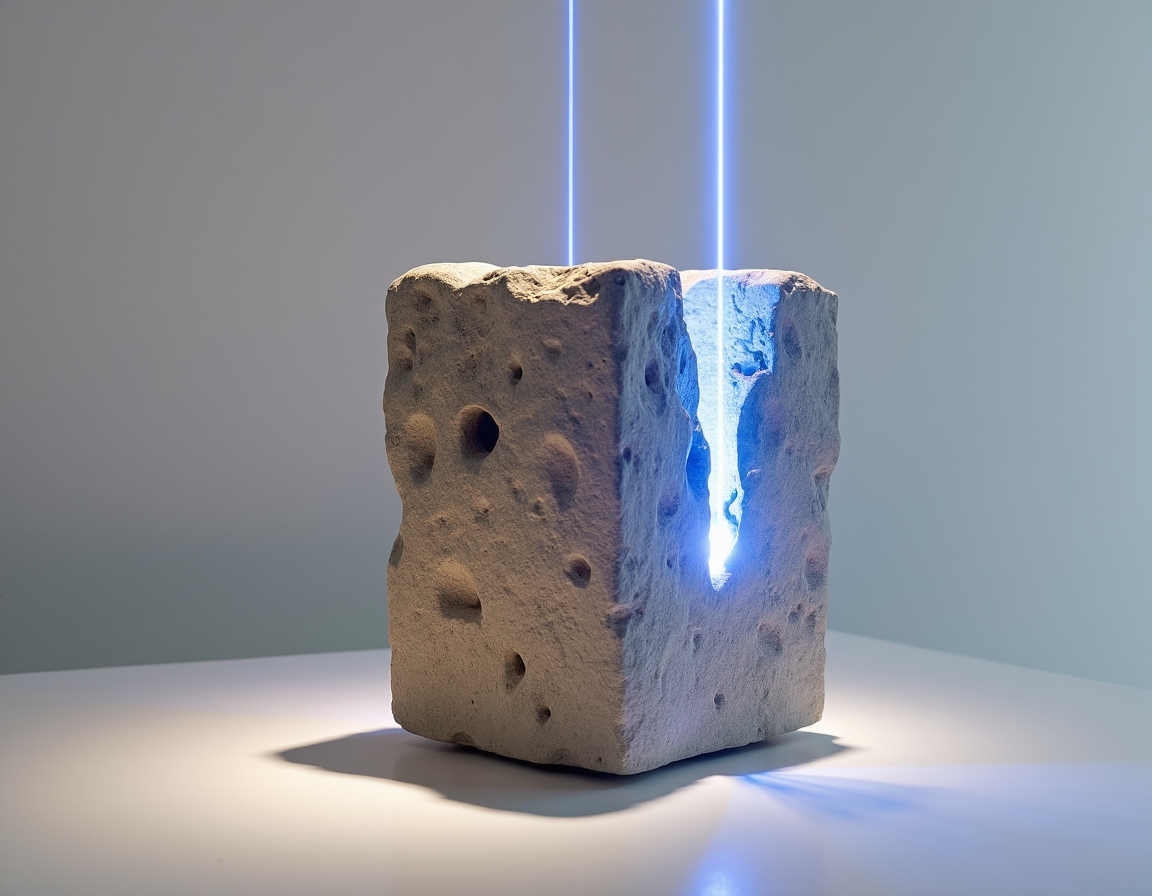The Evolution of Sculpture: From Ancestral Clay to Contemporary Installations
"Sculpture is the art of the intelligence."
— Pablo Picasso
Think of the first sculptor. Not an artist, but a human who picked up a handful of clay and, driven by an impulse they didn't even understand, left the mark of a finger on it. That small indentation, made with no apparent utility, was the first revolution.
Sculpture was born from that tactile relationship with the world. From clay to stone, then to bronze. It was the urge to make the ephemeral permanent, to give form to the invisible. Gods, kings, heroes. The material was heavy, the work was physical, eternity was the goal.
And then? The mission changed.
The Great Shift: From Representing to Questioning
Classical sculpture wanted to answer. Contemporary sculpture prefers to ask.
It's no longer just about mastering material to create a beautiful or powerful form. It's about challenging the very idea of what a sculpture is. Can it be an installation made of light and shadow? Can it be a found object from the street? Can it be an immersive experience that only exists while you, the viewer, are inside it?
Marble gave way to plastic, glass, digital data. The tool is no longer just the chisel, but code, the sensor, the concept.
The Invisible Thread
It seems like a total break, doesn't it? From the clay idol to the data cloud.
But look again. The common thread is there. It's that very same impulse from the first human with the clay: the desire to touch the world and leave a mark. Be it a groove in the clay, a fold in corten steel, or a point of light in an empty space.
Sculpture remains the art of space, volume, and presence. It's just that now, instead of showing us a god, it invites us to think about what a god is. Instead of imposing a narrative on us, it offers us a space to imagine our own.
It's less about monuments. And more about moments. Less about eternity. And more about the now.
👉 Bottom line: Sculpture no longer asks "what do I represent?", but rather "what do I provoke in you?". And that is its greatest evolution.

